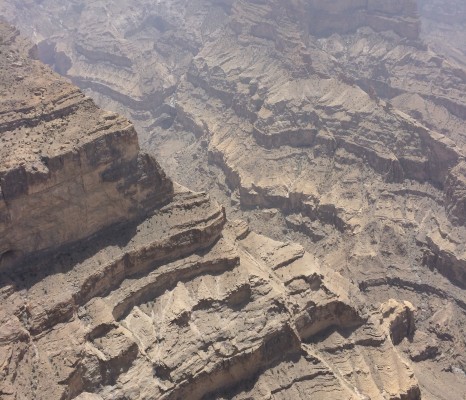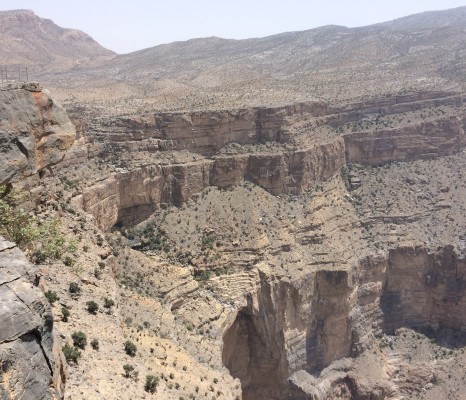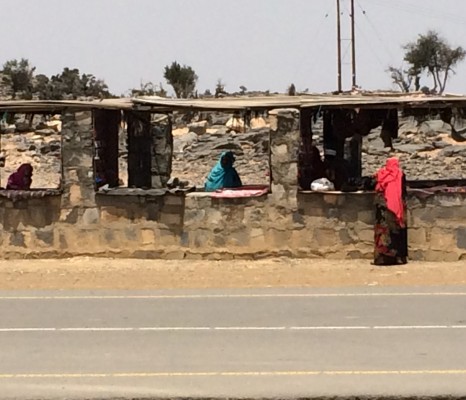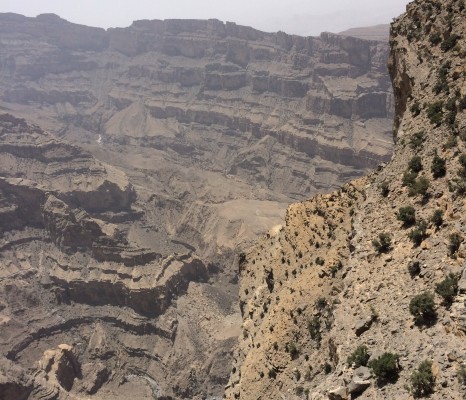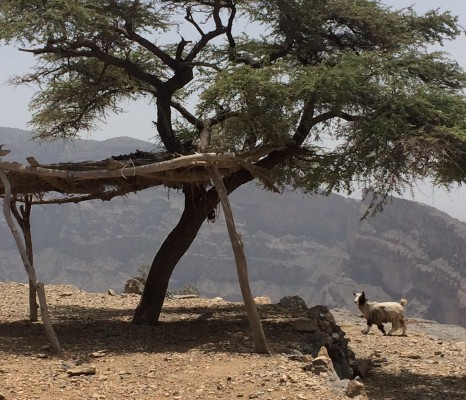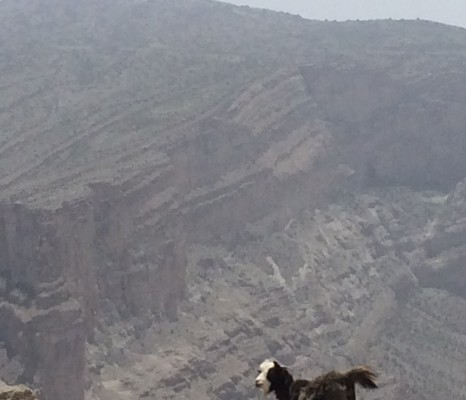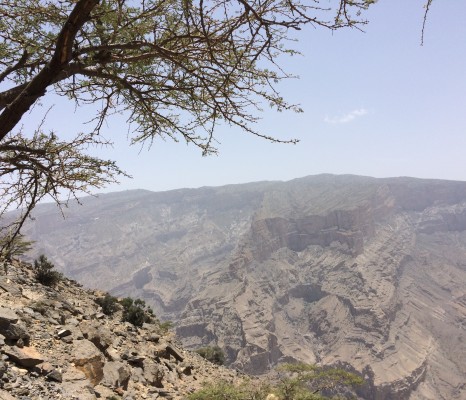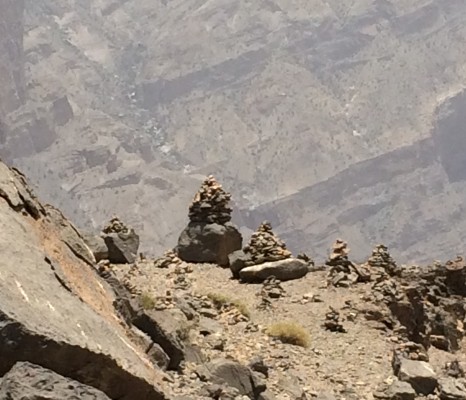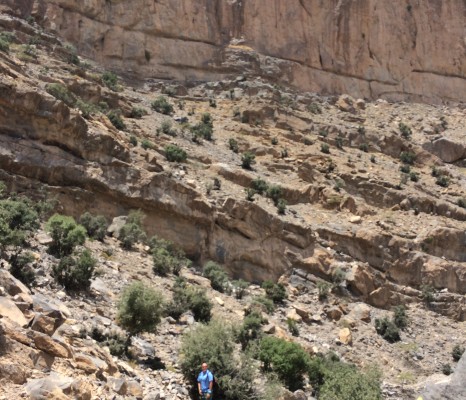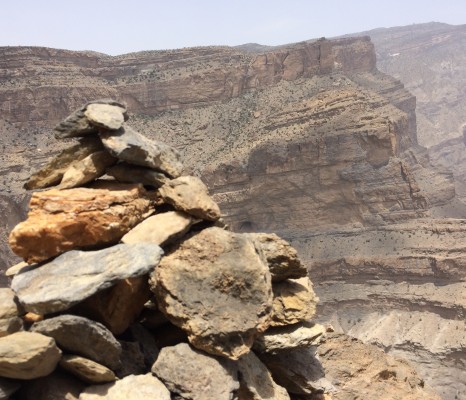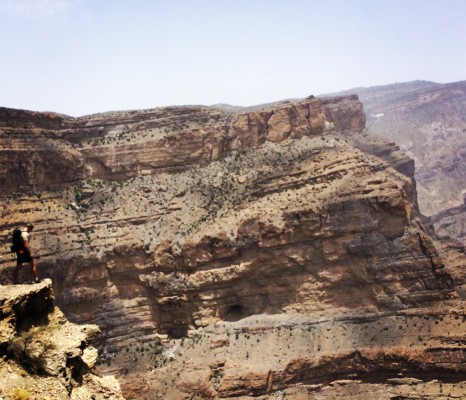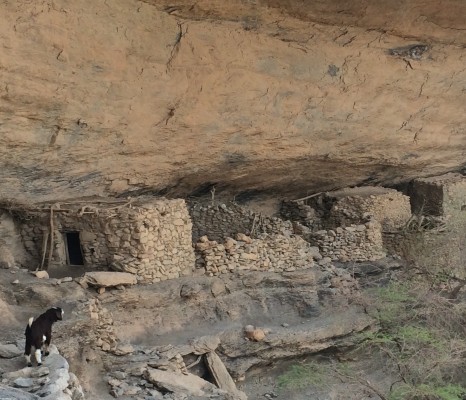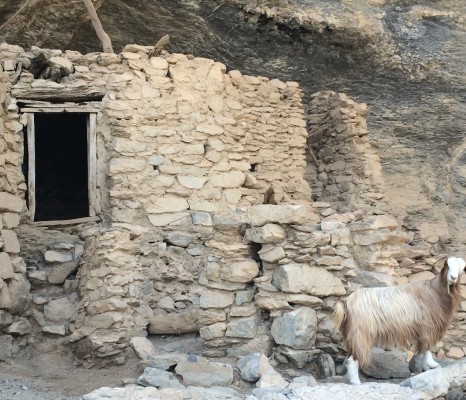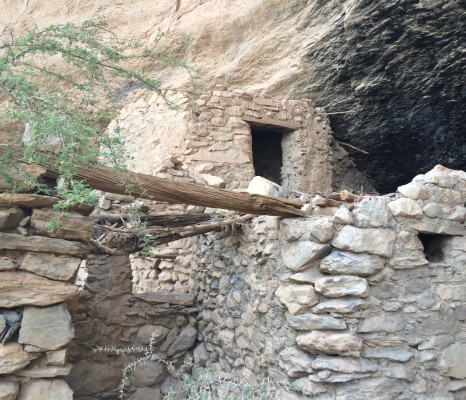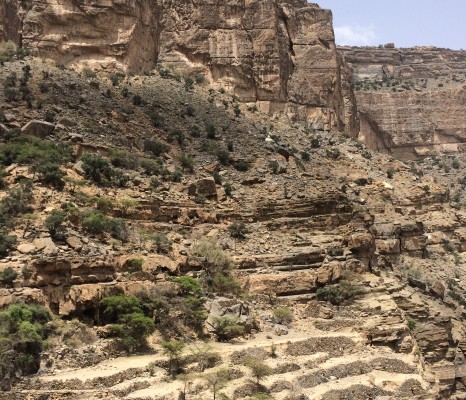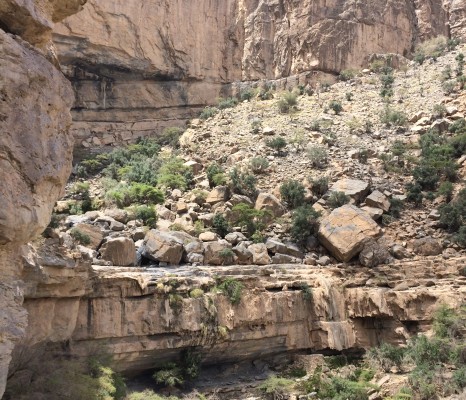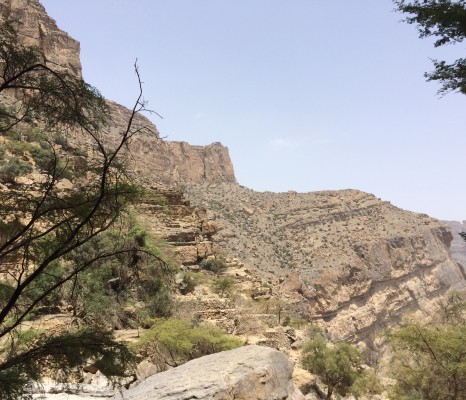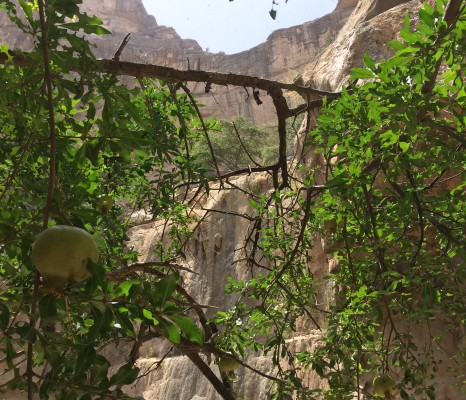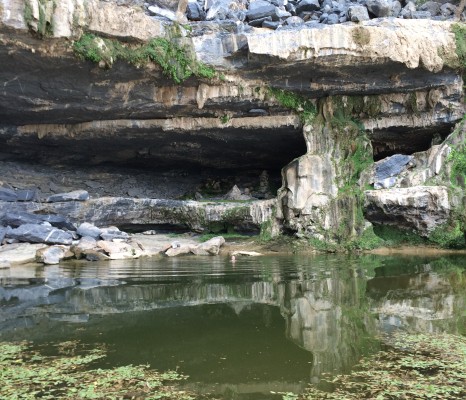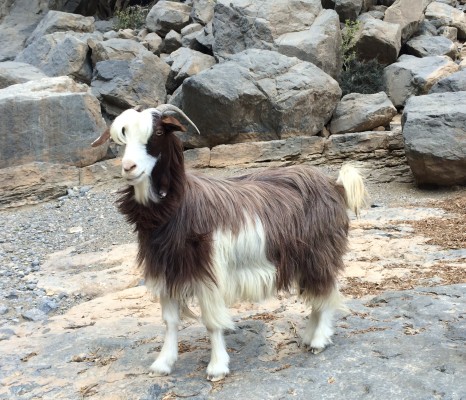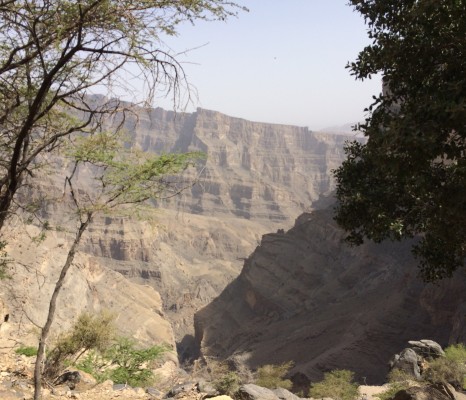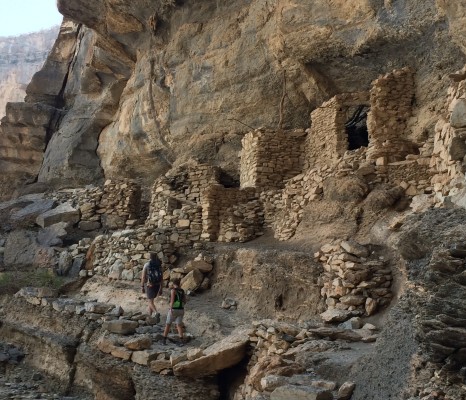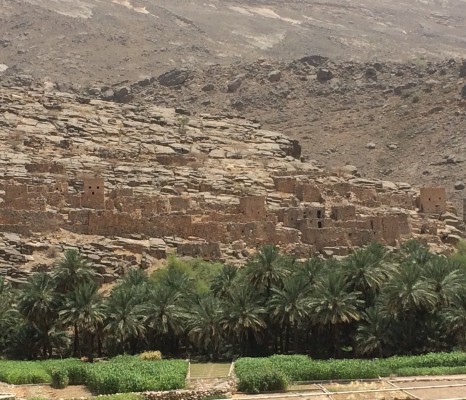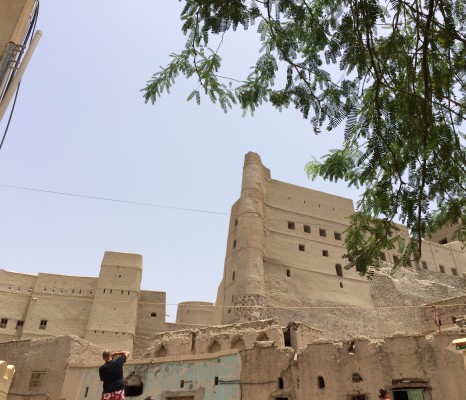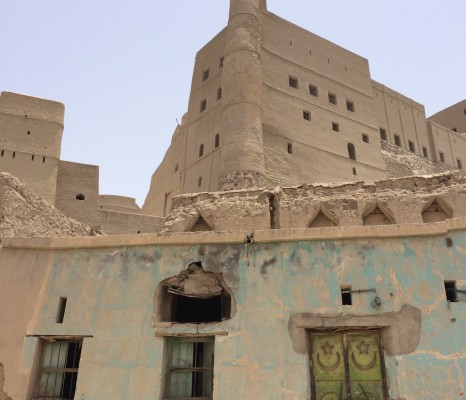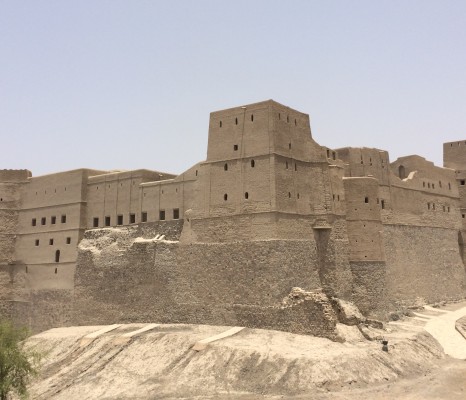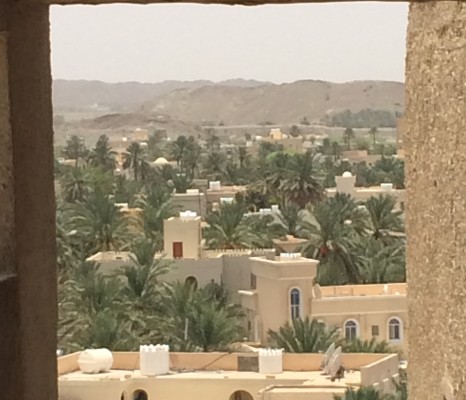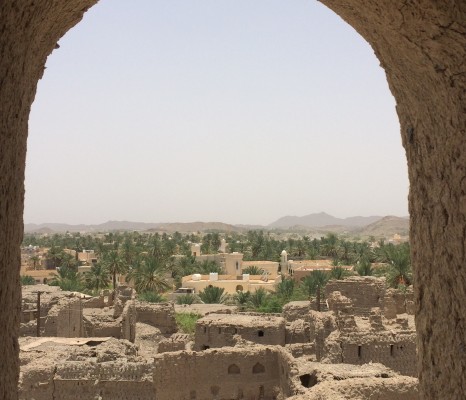Hiking Oman’s Jebel Shams: Amazing breaks from Dubai
There is a big misconception that there are only a limited number of things to do in Dubai and the UAE. I have (frustratingly) heard many conversations between expats, tourists and business travellers who comment about the lack of culture, outdoor activities and nature here, believing that Dubai is only good for sunbathing, shopping, eating and drinking. However another fantastic trip to the mountains of Oman for Eid last week has made me want to spread the word and set the record straight more than ever!
We packed our bags and drove out of the city, shimmering in the 40 odd degree heat, through the desert and over the Al Ain border into Oman and the mountains. It was a long journey (with the time to stop for stopping at the border and rest stops, it was probably six hours) but an easy drive in good company, which was incredibly rewarding, culminating in the steady climb to the impressive Jebel Shams mountain and the Jebel Shams Heights Resort.
Jebel Shams is Oman’s highest peak at around 3,000m with the surrounding valley of Wadi an Nakhur often referred to as the Grand Canyon of the Middle East. As a result of the altitude, the temperatures were much more enjoyable – we were able to sit outside for our breakfast and dinner and were even wearing long sleeves in the evening to keep the breeze (and mosquitos) off. The hiking was fantastic – there are many hiking trails in the area, but our group of six had decided on the balcony hike (despite the lower temperatures, it was still very warm for hiking and we therefore preferred somewhere that would offer more opportunities for shelter from the sun than the summit hike).
After taking photographs from the viewpoint at the top and meeting the local rug weavers in their roadside barasti stalls, we drove down into the village to leave the cars and start the hike. The trail was very easy to follow, with clear markers regularly posted, and was straightforward walking, rather than needing any climbing or scrambling, under the watchful eyes of the Egyptian vultures gliding on the thermals overhead. The route took us past the curious stacks of stones, past caves and thoughtfully positioned benches for resting, before weaving through a beautiful abandoned village. From here, we decided to make our way through the terraces in search of the waterfall, this area was much greener, and we passed through groves of pomegranate and lemon trees and tricking streams lined with bright green moss, disturbing the big lizards basking in the sun and the multitude of frogs. The climb here was a bit tougher, mostly due to the altitude as we all found it harder to breathe, but we took it slow and steady and it was well worth it when we reached the top and the big mountain lake and fresh waterfall (admittedly it was only trickling here in July). Hot and weary as we were, we couldn’t resist the opportunity to take a dip in such a stunning location, and the ice-cold water was the perfect revival tonic. After enjoying some snacks (and sharing them with the persistent goats), we started the hike back and were dry again in no time. Going back, the route was mostly a climb (it’s funny how you don’t notice how much you are descending gradually, but you certainly feel it the other way!) but with the views equally as impressive on the return and in such good company, it was impossible to feel anything but elated.
We had decided to stay in a hotel rather than camp as we hadn’t been too sure of the temperatures in advance, as it turned out, it would have been perfect for camping, but it was nice to be able to return and have a shower and know that dinner was provided. The accommodation was basic and commands a high price (around AED 500 per room per night) given the facilities, but it was exactly what we needed for the trip. The rooms were clean, there were hot showers and basic meals, and our chalets were positioned at the top of the hill with a nice outdoor area for us to sit together and admire the view. For campers looking for a few creature comforts, they also offer a campsite area allowing you to take advantage of the showers/toilets and restaurant.
On the way back to Dubai the following day, we stopped at the ancient walled town of Bahla for a wander around the old town and the impressive mud brick and stone fort. The fort itself is a UNESCO world heritage site and the oldest in Oman, rising 50m above the village, and the ruins below make for some interesting exploration and photos and is well worth a visit. Unfortunately due to the time pressures to get back to Dubai, we didn’t manage to do our second planned hike, but it does mean we all have another place to add to the list when we go back!
For anyone looking for more information, Explorer Publishing’s Oman Explorer is very helpful in terms of background information and directions, and is a good book to keep in the car.











